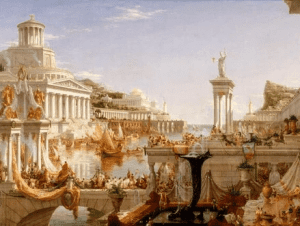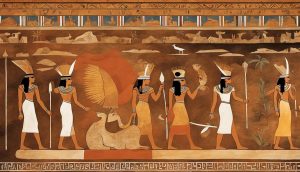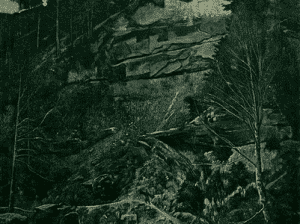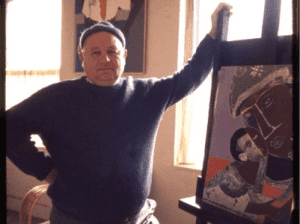Title of Artwork: “The Story of Nastagio”


Artwork by Sandro Botticelli
Year Created 1483
Summary of The Story of Nastagio
One of Sandro Botticelli’s most famous tempera on wood paintings, The Story of Nastagio Degli Onesti, Part One, dates from 1483. The Prado in Madrid houses this 83 x 138-centimetre work of art.
All About The Story of Nastagio
In 1483, Lorenzo the Magnificent commissioned a set of four paintings to be sent to Giannozzo Pucci on the occasion of his marriage to Lucrezia Bini. Since then, they have been kept in the Palazzo Pucci in Florence. In addition to the first three, the fourth has returned to its native place in Charlbury, Oxfordshire, England, after a brief stay at the Watney Collection.
On the fifth day of Giovanni Boccaccio’s Decameron, the eighth tale tells the story of Ravenna aristocratic Nastagio degli Onesti. As a result of seeing another woman’s infernal punishment for the same crime, the daughter of Paolo Traversari who had previously rejected Nastagio’s courting has changed her mind and agreed to marry him.
Pine forests surround Ravenna, the setting for the story’s first instalment. Disappointed by his lack of reciprocation, Nastagio has fled the city and now wanders alone and bereft. Despite Nastagio’s best efforts to safeguard her, a woman being sought by a knight and his dogs suddenly appears before him.
With the tents on the left of the painting, we find Nastagio (the man in the red hose) being persuaded by his companions to leave town for a little while by those same companions.
After that, we get a close-up look at Nastagio as he explores the jungle. This time he’s using a stick in an attempt to scare the dogs away from the woman, who’s being chased by a dashing knight in golden armour.
By using multiple images of Nastagio in order to tell the story in one shot, this scene has a strong narrative character. The horizontal ocean in the background and the towering, upright trunks of the trees form a kind of grid, creating a fantastic sense of depth.
Formal beauty of the thin figures and the elegant gestures of people and animals create a lovely suspension between fantasy and reality in this work. ” For the first three pictures, Botticelli had Bartolomeo di Giovanni and Jacopo da Sellaio help him, while the last two works are the work of their own hands.
Information Citations
En.wikipedia.org, https://en.wikipedia.org/.
Recommend0 recommendationsPublished in Artworks






Responses